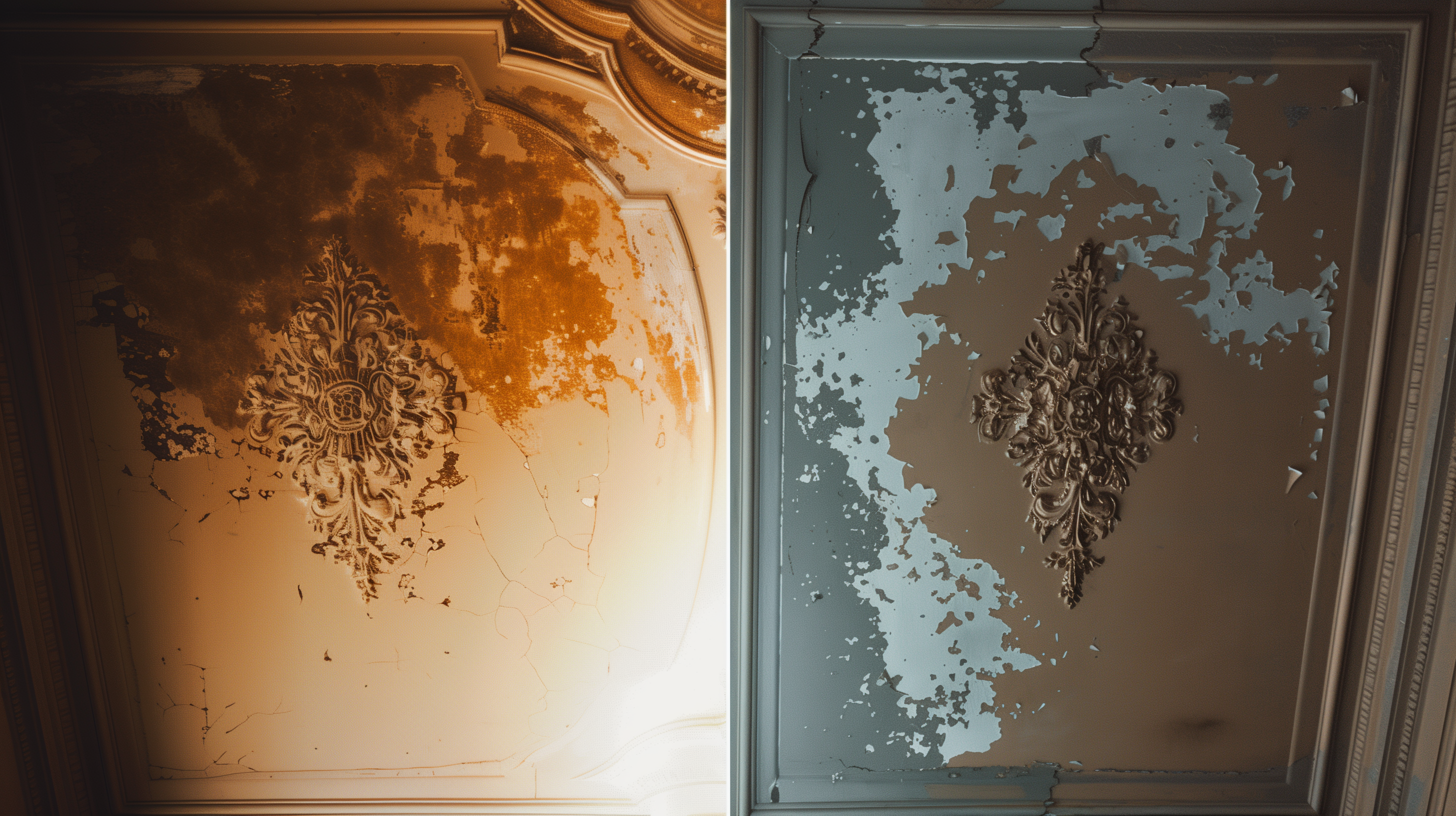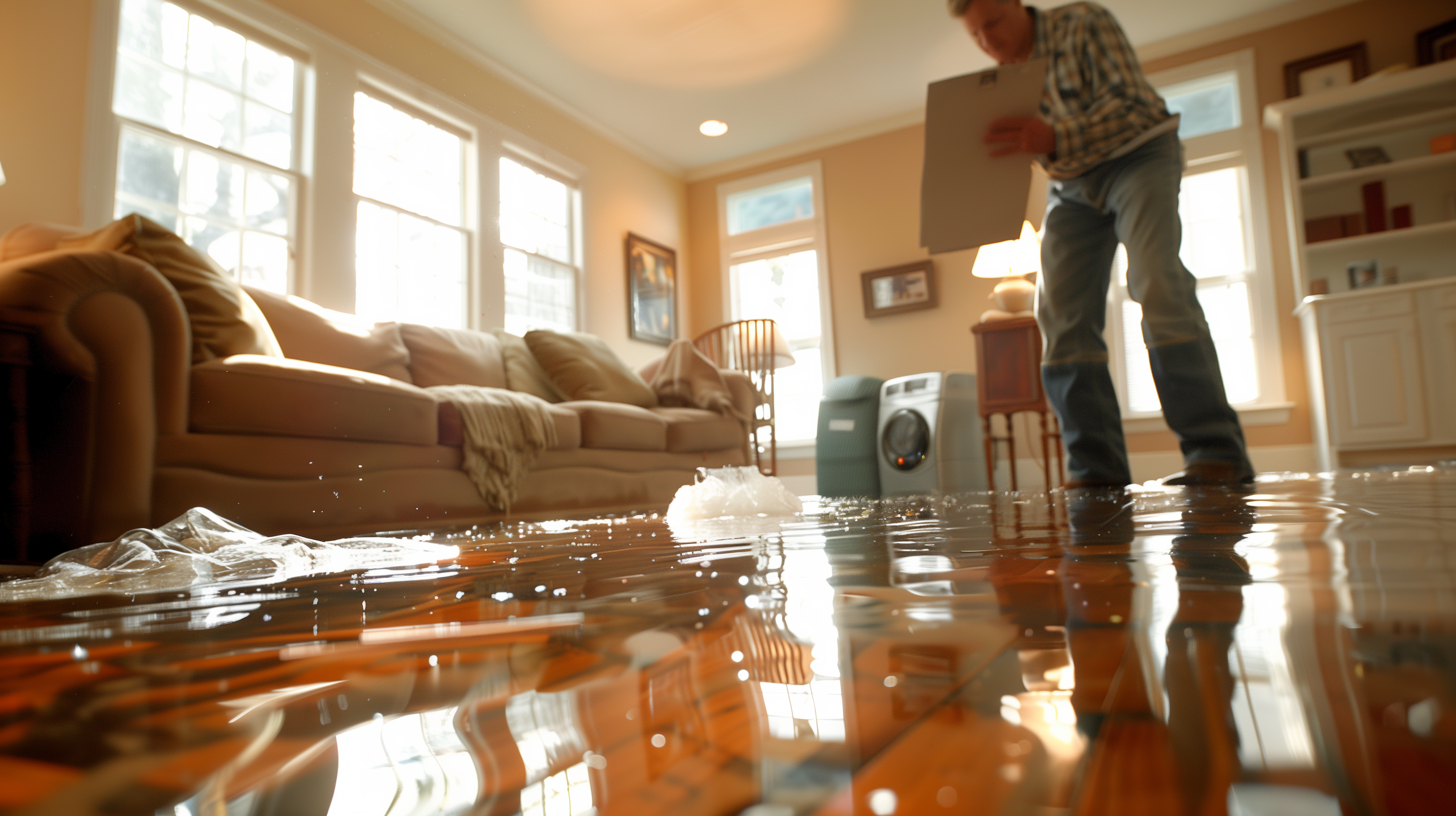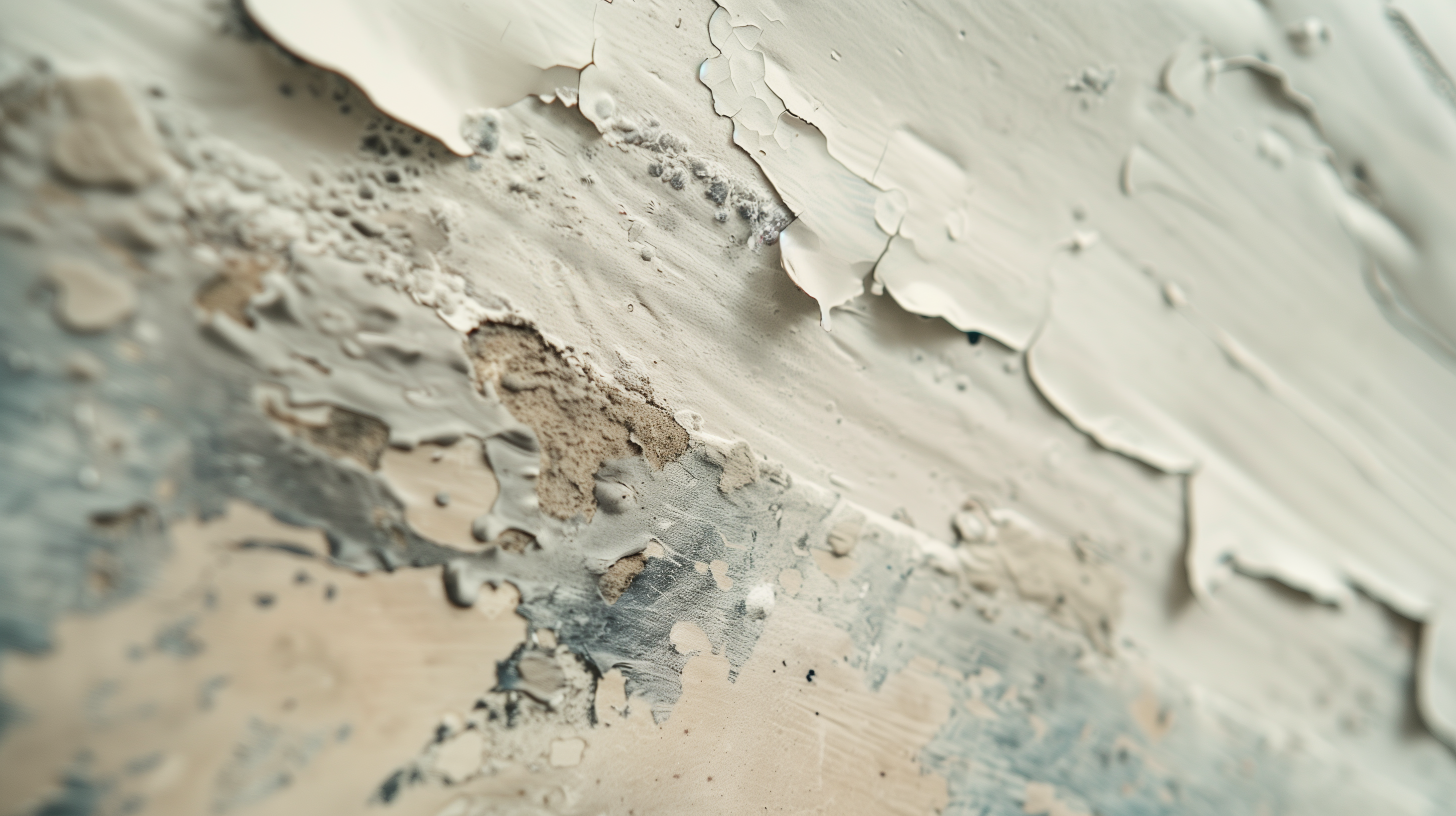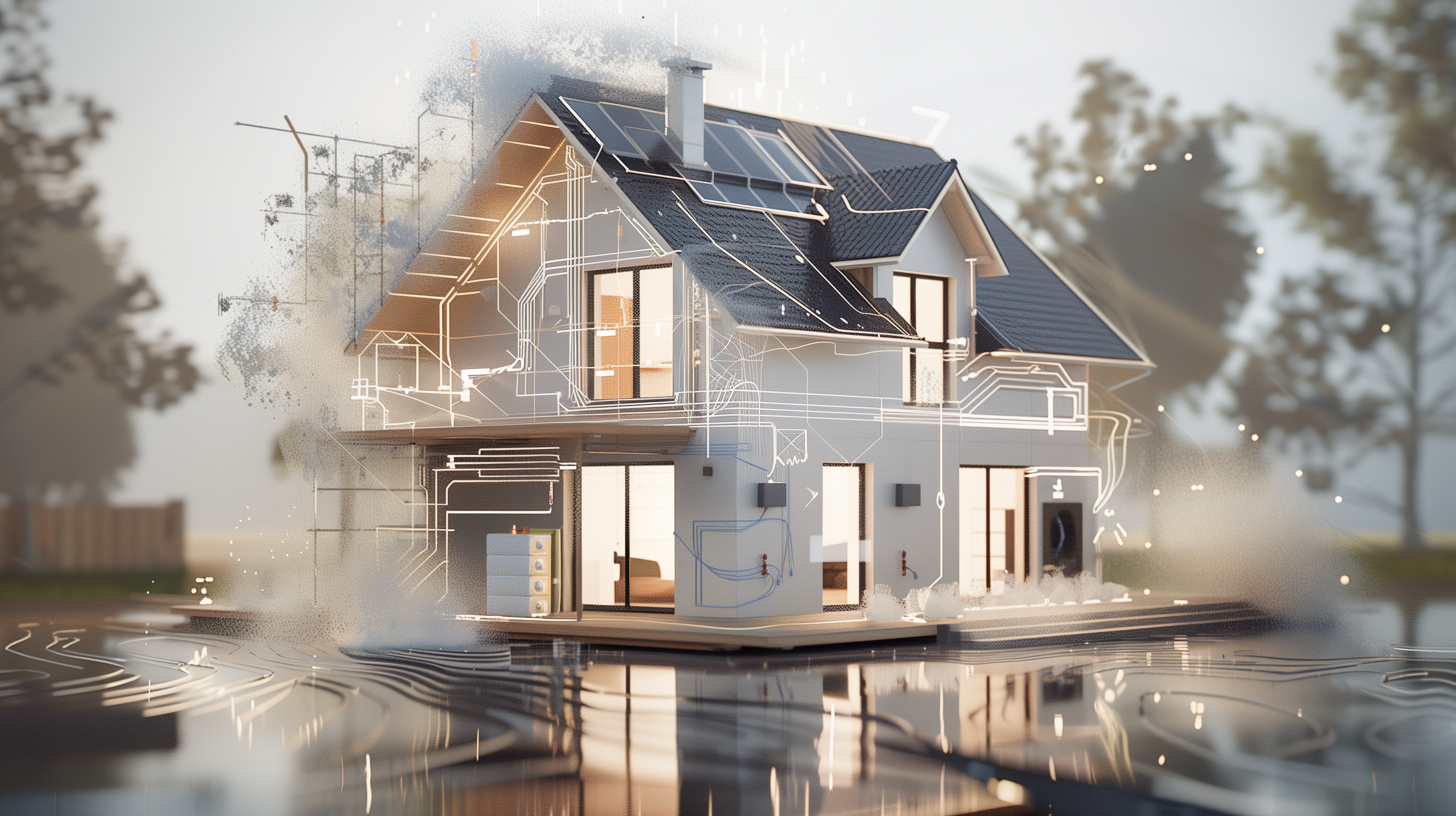Brown Wet Spots on Your Ceiling? Causes, Prevention, and How to Fix Them
Noticing brown wet spots on your ceiling is a sign that something’s wrong, and ignoring them can lead to bigger issues. These spots are often caused by water leaks, and if not addressed promptly, they can cause serious damage to your home’s structure. Whether it’s from a roof leak, plumbing issue, or condensation, knowing what causes these spots and how to fix them can save you costly repairs down the road.
In this blog, we’ll explore the common causes of brown ceiling stains, how to prevent them, and the best methods for repairing water damage in your ceiling.
What Causes Brown Wet Spots on Your Ceiling?
Brown spots or stains on ceilings are typically caused by water leaks that have penetrated the ceiling material. The water then mixes with dirt and dust, leaving behind brown or yellowish discoloration. Here are the most common causes:
1. Roof Leaks
One of the most common reasons for brown spots on ceilings is a leak in the roof. Damaged shingles, cracked flashing, or clogged gutters can allow water to seep into your home, causing stains and water damage to ceilings, particularly after heavy rain.
- Solution: Have your roof inspected for damaged shingles or flashing and ensure your gutters are clean. Repair any roof issues immediately to prevent further water infiltration.
2. Plumbing Leaks
Leaky pipes running through your attic or walls can cause water to pool on your ceiling, creating brown stains. This is especially common in homes with older plumbing systems or improperly sealed connections.
- Solution: If the brown spot is under a bathroom or kitchen, it’s likely a plumbing issue. Call a plumber to inspect the pipes and fix any leaks.
3. Condensation Buildup
Condensation from poor ventilation can also cause moisture buildup, leading to ceiling stains. This is common in areas like bathrooms or kitchens where humidity levels are high, and in homes with inadequate attic ventilation.
- Solution: Improve your home’s ventilation by installing exhaust fans in bathrooms and kitchens, and ensure your attic has proper ventilation to reduce condensation.
4. Overflowing Gutters
Clogged or damaged gutters can lead to water overflow, which can seep into your walls and ceilings. When rainwater is not properly directed away from the home, it can leak into the attic and create ceiling stains.
- Solution: Regularly clean and inspect your gutters to ensure water is flowing away from your home’s foundation and roof.
How to Fix Brown Wet Spots on Your Ceiling
Fixing the brown spots on your ceiling requires more than just painting over them. You need to address the underlying issue to prevent the spots from reappearing. Follow these steps to fix the problem:
1. Identify and Fix the Source of the Leak
Before you can repair the ceiling, it’s crucial to find and fix the source of the water leak. If the issue is a roof leak, call a roofing professional for an inspection. For plumbing leaks, contact a licensed plumber. If condensation is the issue, improve ventilation in the affected areas.
2. Dry the Affected Area
Once the source of the leak is fixed, you’ll need to thoroughly dry the area to prevent mold growth. Use fans, dehumidifiers, or open windows to allow the moisture to escape. Make sure the ceiling is completely dry before moving on to repairs.
3. Remove Damaged Drywall
If the water damage is extensive, you may need to cut out the damaged portion of the ceiling and replace it with new drywall. This is particularly important if the drywall is sagging or crumbling due to prolonged water exposure.
4. Apply a Stain-Blocking Primer
After the area is dry and any damaged drywall has been replaced, apply a stain-blocking primer to prevent the brown spot from bleeding through the new paint. These primers are specially designed to cover water stains and seal the ceiling.
5. Repaint the Ceiling
Once the primer has dried, repaint the area with a matching ceiling paint. It may take a few coats to completely cover the stain and restore the ceiling to its original condition.
Preventing Brown Spots on Your Ceiling
The best way to prevent brown spots on your ceiling is to take proactive measures to avoid water leaks and excess moisture in your home. Here are some tips to prevent ceiling water damage:
1. Maintain Your Roof
Schedule regular roof inspections, especially after storms or harsh weather. Address any issues like missing shingles or cracked flashing right away to prevent leaks.
2. Check Your Plumbing
Regularly inspect your home’s plumbing system for leaks, especially around pipes in the attic or within walls. Early detection can prevent major water damage and costly repairs.
3. Clean Your Gutters
Clogged gutters are a common cause of water leaks. Clean your gutters at least twice a year, especially in the fall when leaves can block the flow of water.
4. Improve Ventilation
Ensure proper ventilation in high-humidity areas like bathrooms, kitchens, and attics. Install exhaust fans where necessary and use dehumidifiers to keep moisture levels under control.
Why You Shouldn’t Ignore Brown Ceiling Stains
Ignoring brown wet spots on your ceiling can lead to significant problems, such as:
- Mold Growth: Moisture trapped in your ceiling can create the perfect environment for mold growth. Mold can spread quickly and pose health risks, especially for individuals with respiratory issues.
- Structural Damage: Water can weaken your ceiling structure, causing it to sag or collapse over time. If the water damage is severe, it can affect other parts of your home’s structure, leading to expensive repairs.
- Increased Repair Costs: The longer you wait to address a leak, the more extensive the damage will become, leading to higher repair costs. It’s always better to act quickly when you notice brown spots.
When to Call a Professional
If you’re dealing with a persistent leak, extensive ceiling damage, or mold growth, it’s best to call a professional for help. Water damage, mold remediation, and roof or plumbing repairs require expert knowledge and specialized tools to handle safely and effectively.
Hiring a professional ensures that:
- The source of the leak is properly identified and repaired.
- Mold is safely removed, preventing health risks.
- Your ceiling is restored to code and made more resilient against future water damage.
Conclusion
Brown wet spots on your ceiling are often a sign of a deeper problem, such as a leak or condensation buildup. Addressing the issue quickly is crucial to prevent further water damage, mold growth, and costly repairs. By taking proactive steps to maintain your roof, plumbing, and gutters, and improving ventilation, you can protect your home from future water damage.
If you need professional assistance with water damage, roof repairs, or mold remediation, contact Allied Emergency Services, INC. Our team specializes in water damage restoration and can help you prevent further damage to your home.
Contact Information:
Phone: 1-800-792-0212
Email: Info@AlliedEmergencyServices.com
Location: Serving Illinois, Wisconsin, and Indiana with a focus on the greater Chicago area.
Disclaimer: This article is intended for informational purposes only. For professional advice, consult experts in the field.










